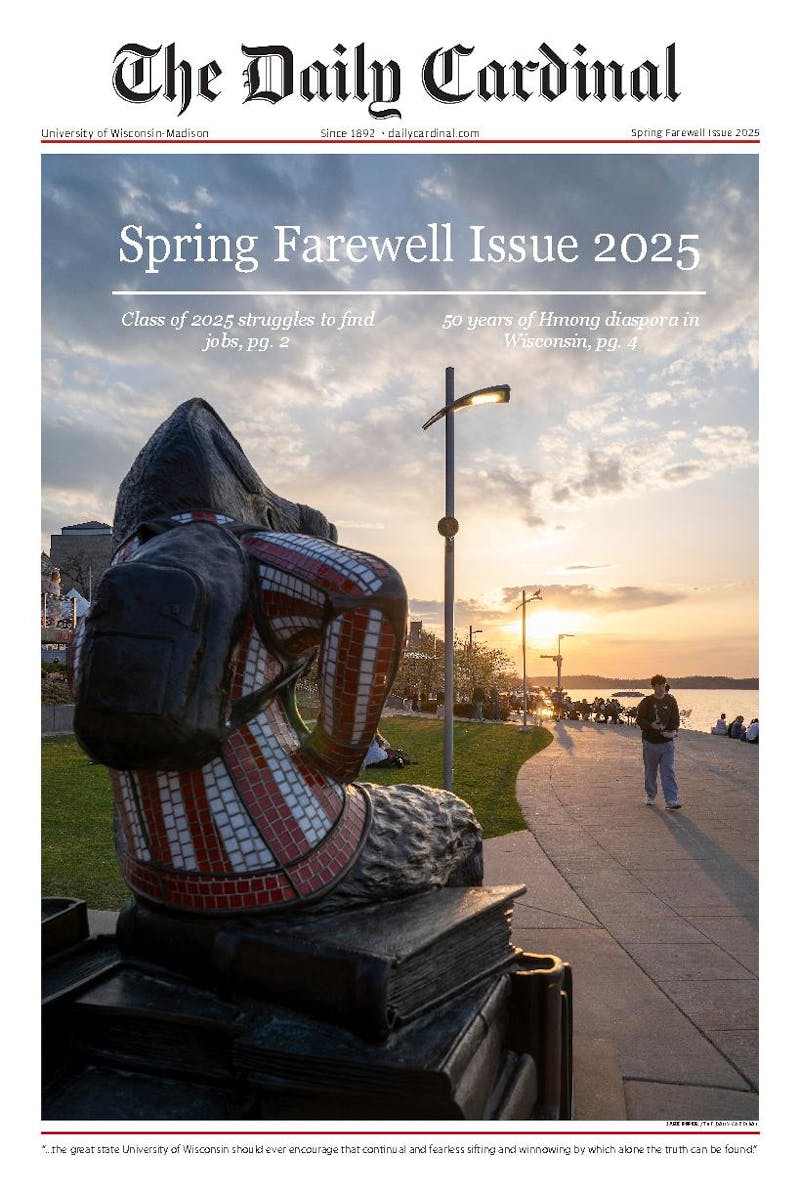Most writing has a geographic locus—unless you’re reading Samuel Beckett, in which case, have fun crawling through the mud or shutting yourself up in a funeral urn or some other abstraction of the human condition. And even if the author steadfastly refuses to name locations, a story that takes place in some huge metropolis or sleepy village will always have some bearing on a real- life location.
Then there is writing, which, rather than downplay any geographic ties, celebrates them and integrates them into the text. Loosely, this can be called regional writing.
In the United States, some of the most famous examples of regional writing come from the South. Eudora Welty, Kate Chopin and the anointed emissary, William Faulkner, were all regional writers insofar as they rarely left their turf.
In essence, regional writing is the focus on one particular region—in characterization, in dialogue, in plot, in description, etc. One would think all writing is regional writing, therefore, based on that description. But important distinctions must be made.
It is not enough for a story to have a named place. A novel like “White Noise,” for instance, while set in the Midwest in a town called Blacksmith with its College-on-the-Hill, sieves pretty much any instance of “local color” or regionality, giving DeLillo a carte blanche to expound upon his ideas on consumerism and the culture of death.
The reasoning behind that is pretty obvious. DeLillo is one of those zeitgeist wranglers, the writer who shoots for broad applicability, the one ready to cellophane the Moment and watch it stew. Regional writing never sieves the substrate. The substrate is the whole reason for writing in the first place.
Keeping that in mind, let’s move on to cities.
Cities as regions are nebulous beasts—worse than something out of Lovecraft for their amorphousness—especially a large city like New York or London. Sprawl is too hard to surmise. And when you have cities possessed of so many neighborhoods, boroughs and sections, it’s hard to discern the “real” New York. Regional wri ting doesn’t generalize.
There is something deeper to all this. It is not enough that cities are too large to summarize. In literature about cities, you begin to notice how far from the landscape the narrative strays. Imagine the hard asphalt. Imagine the crowns of skyscrapers. Imagine how many different neighborhoods there are in New York City or London or Tokyo. It’s not just flat sprawl on a map. Height is factored. It’s not a question of just left or right, forward or backward. The z-axis enters the fray. Spatially, cities are a planar disaster.
And when the multiplicity of locations and cultures add up, you begin to see a city as less of a region (or a part of a region) and more as a discorporate entity. Cities have loosed their footholds. Elements are assimilated without losing their discreteness, which goes against the singularity of local color.
Cities assume a sort of transparency, an airiness, like a great bubble, or ether kept under a bell jar. It’s hard not to get swept away in the swelling possibilities of cities. All of us are a little like Strether swept up in a Parisian perfume. It would not even matter where Paris was on a map.
Regional writing, in contrast, is far more grounded. The land, history, culture precedes everything, seeps into the story. It may not even be real. Remember DeLillo’s Blacksmith, which evidently does not exist in real life. “White Noise” was not regional writing, nor is DeLillo a regional writer. But Faulkner, who is by and large the poster boy of regional writing, set most of his fiction in Yoknapatawpha County, a fictional space which amalgamated his life in Lafayette County, Miss. Faulkner often called his invention “[his] apocryphal county.”
To be regional writing, it has to cover the landscape (and the peoplescape) with an almost incestuous nature. Everything must come from the region. There can be no intrusion. Nothing can be up in the air.
This sets up a dichotomy between regional writing, which may be broadly labeled (by other people) as constituting “country,” and city writing. And between the two, city and country, there has always been a sort of sic et non imbroglio.
But it’s not a question of transparency versus opacity—or of open-mindedness versus close-mindedness. Regionality is not a discount or a handicap. Faulkner’s work rarely strayed outside the borders of Yoknapatawpha County, and he rarely needed to. His works, with all their local color, were still some of the most potent literature of his generation. Faulkner, endemically Mississippian, made his region sing. His works burst across the world, lighting the skies of the mind with incandescent shards. And he didn’t have to leave Mississippi to do it.
Send your literature thoughts to Sean at sreichard@wisc.edu.






